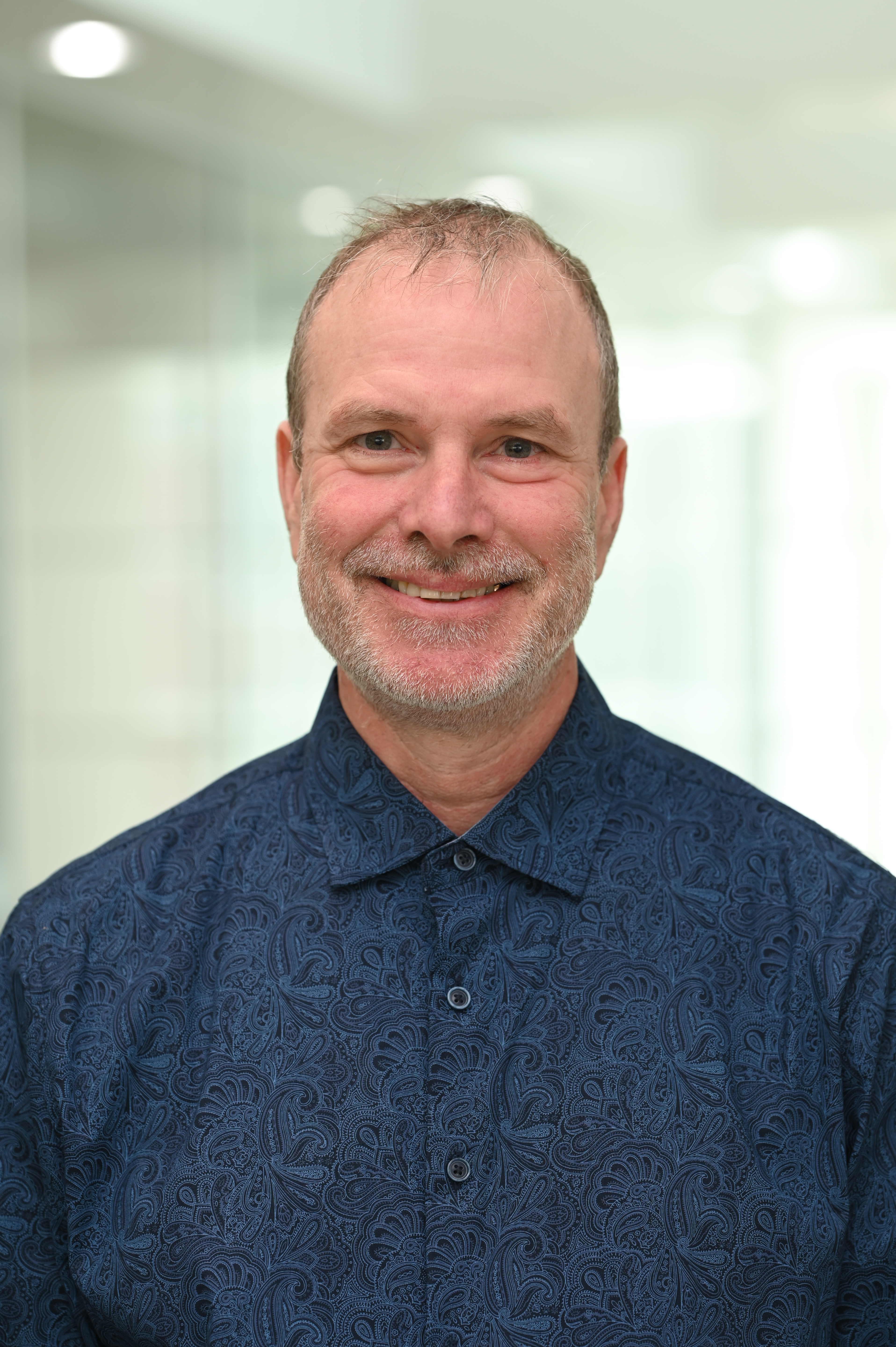Contact:
Email: Burrows@uamont.edu

Bio:
Dr. Ross Burrows is an Associate Professor of Physics here at UAM and is also the director of the Southeast Regional Science Fair.
“I love teaching at the University of Arkansas in Monticello (UAM) because it gives me the opportunity to help our talented students learn fundamental concepts of physical science that will be of value to them throughout their lives.”
“My teaching interest is making physics as fun as I can, and this has become my basic philosophy of teaching. When lecturing, I aim for a conversational style that sometimes can sharpen to formalize key concepts, which I often engage students with by posing concept questions they can answer with clickers in the classroom. Lecturing, however, is only one of the teaching methods I use. Recently, I flipped our physics classroom. And, in many ways, our flipped classroom (where students view the lectures online and do ‘homework’ problems together in class) has been a success. It’s good, however, to recognize that flipping is not a magic pedagogy that consistently delivers better student success outcomes than traditional lectures. In general, I’m ready to try anything that helps keep our students engaged while learning fundamental science. Hope to see you in class!”
“My research interest is providing undergrads with opportunities to engage in computational and experimental physics research. I have been fortunate to help support a student with a NASA grant that provided him with a summer stipend to develop a plasma fluid dynamic simulation code. More recently, I collaborated with several students on fundamental experimental research, for which we presented our results in a poster at a science event at our State Capitol. Lately, I’m most interested in the computational development and extension of OpenFOAM for simulating space plasma dynamics. OpenFOAM is a high-quality open-source Field Operation and Manipulation software package for continuum mechanics. Being a mature, free, and fully transparent code, OpenFOAM is an ideal foundation for all kinds of academic research and development of fluid dynamics simulations. Computational fluid mechanics (CFD) is a research area of interest to me for applications in space plasma. In my most recent article (in Plasma), I derived a multi-fluid (ion and electron) system of equations and algorithms designed to simulate plasma dynamics across combined small (electron) and large (ion) dynamic scale regimes. Multiscale simulations are required to describe events where large amounts of electromagnetic energy are transferred into particles' kinetic energy in a short time. Such events are ubiquitous throughout space and occur, e.g.,. at magnetic reconnections such as those observed in Earth’s magnetosphere during magnetic storms. The diffusion processes (visible as the aurora Borealis) that cut and reconnect magnetic field lines, occur on electron kinetic scales and transfer explosive amounts of kinetic energy into the plasma particles, driving the physics of large magnetohydrodynamical (MHD) scales.”
“As a perpetual student myself, I’m interested in collaborating with anyone who wants to work with me. I want to support all students, especially those facing challenging circumstances. All students need our support, especially if they are socially and economically challenged. As such, I’m motivated to pursue and promote comradery and teamwork in research and higher education with all fellow students and faculty.”